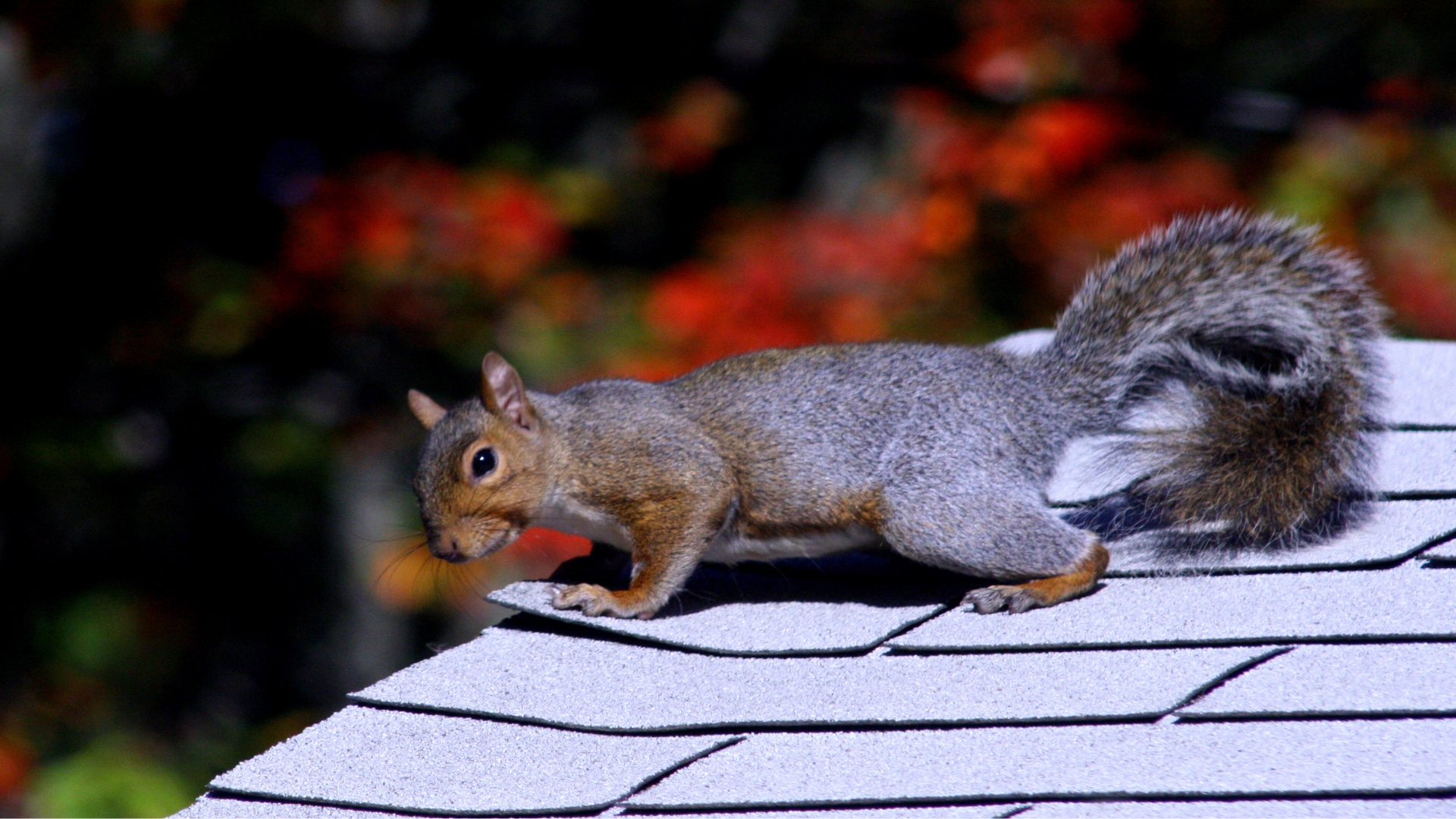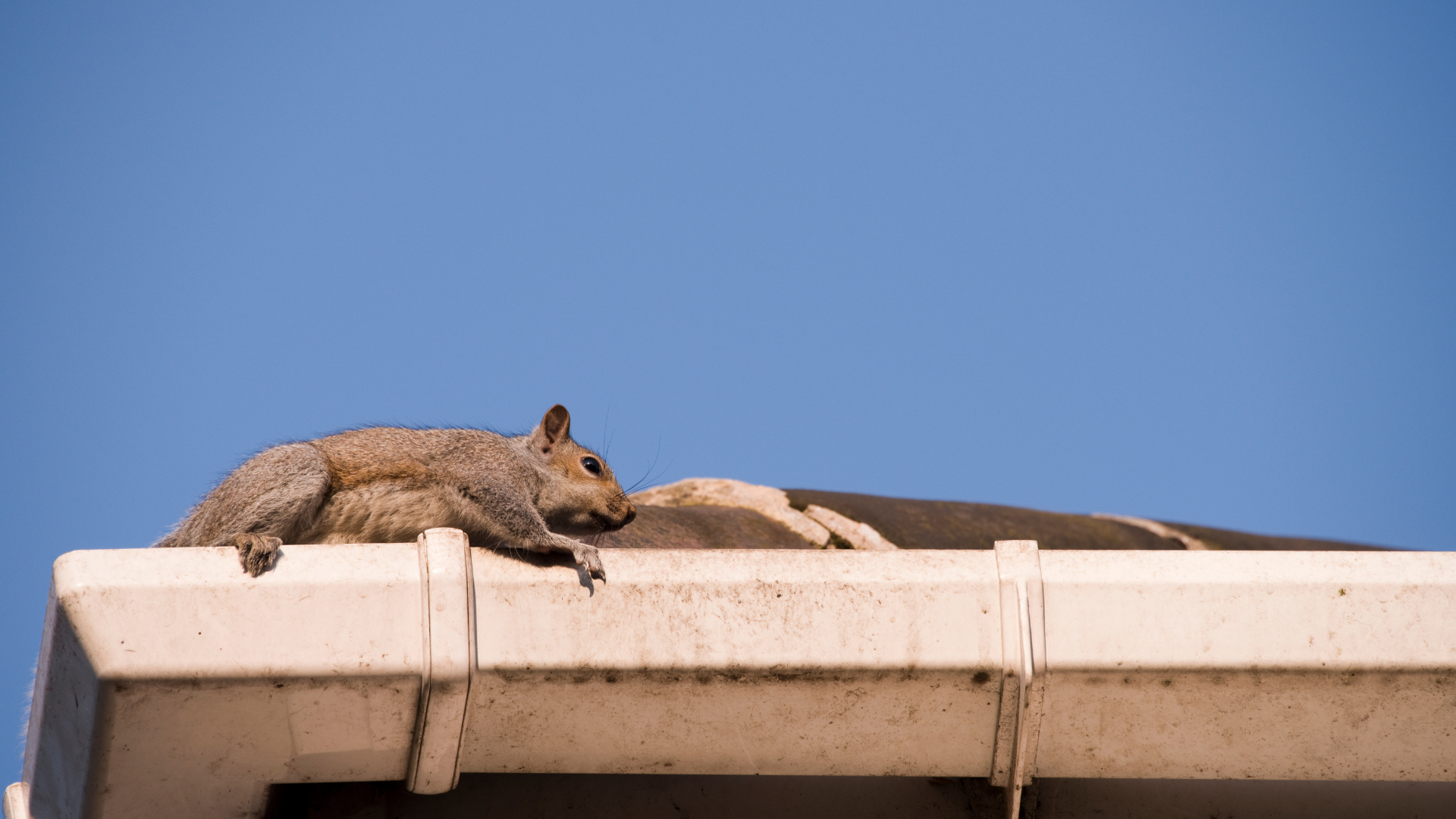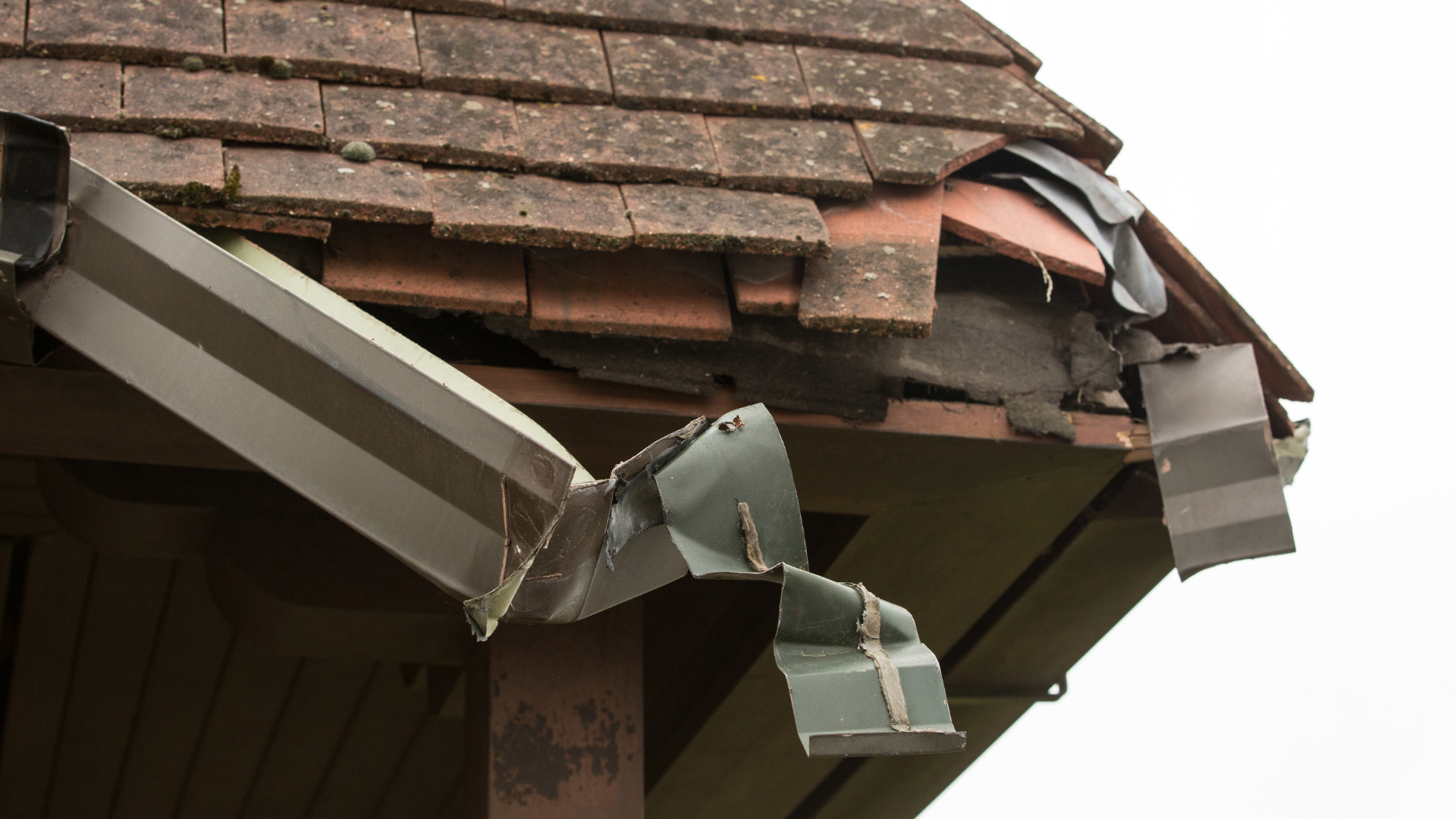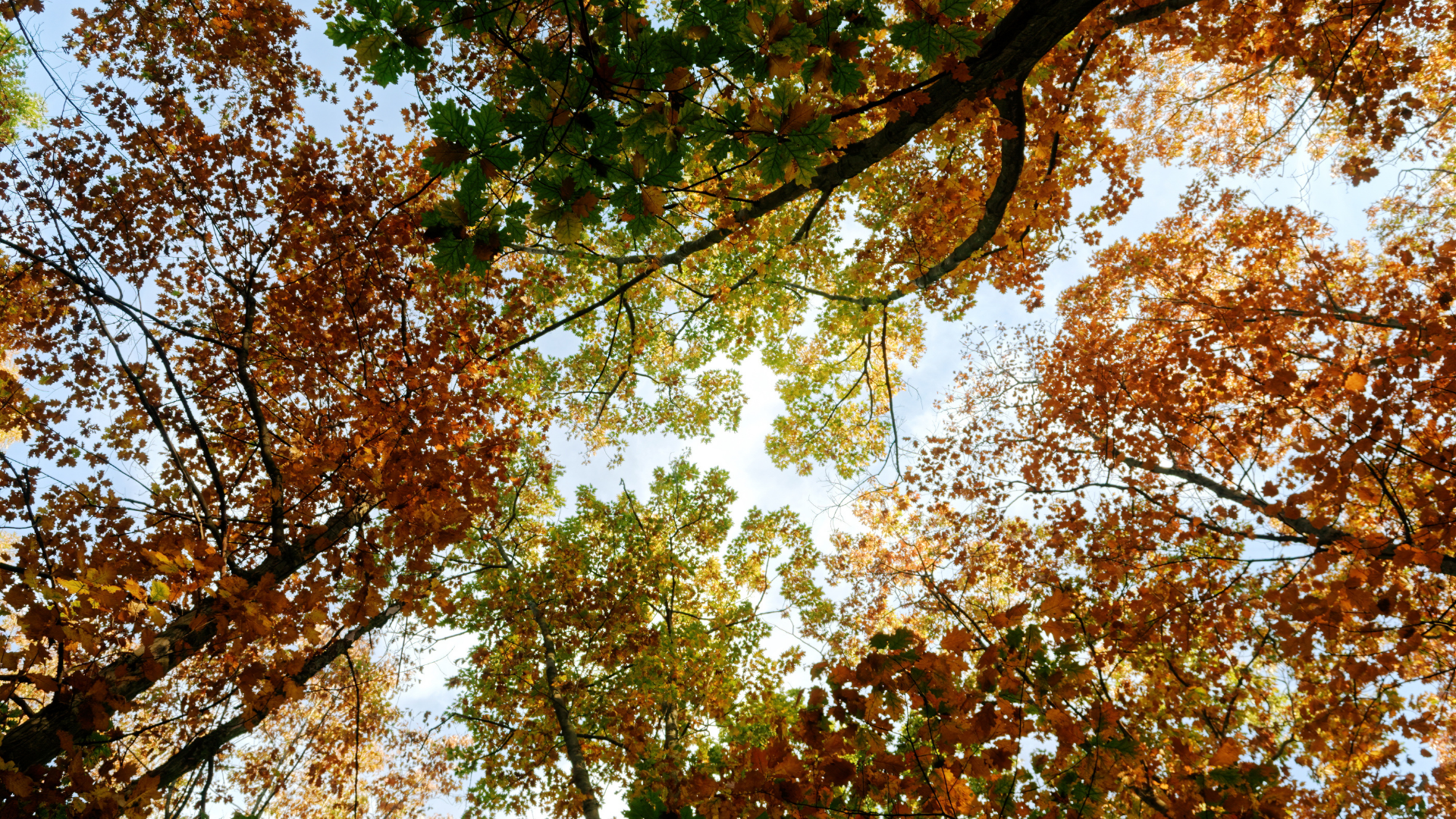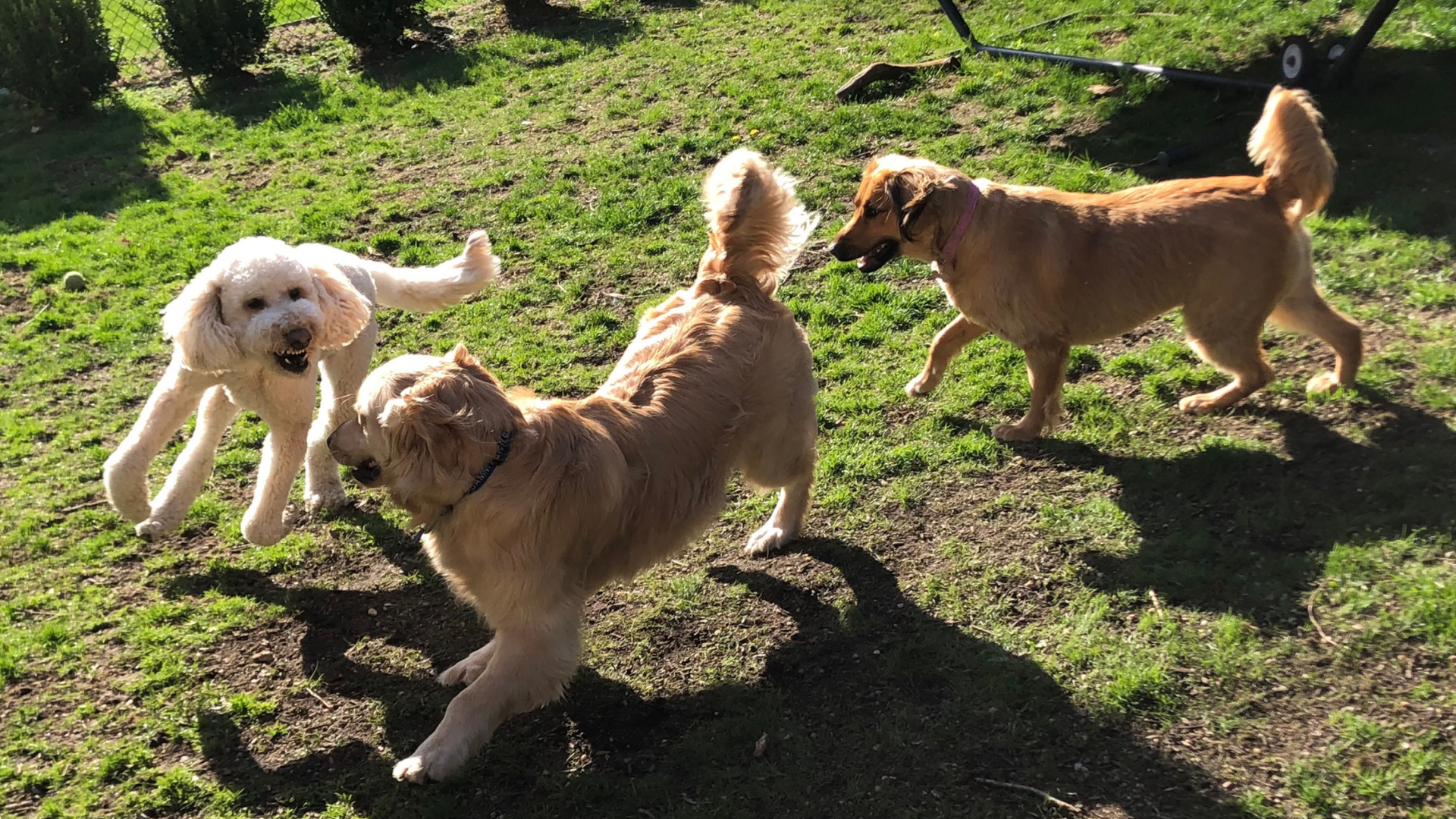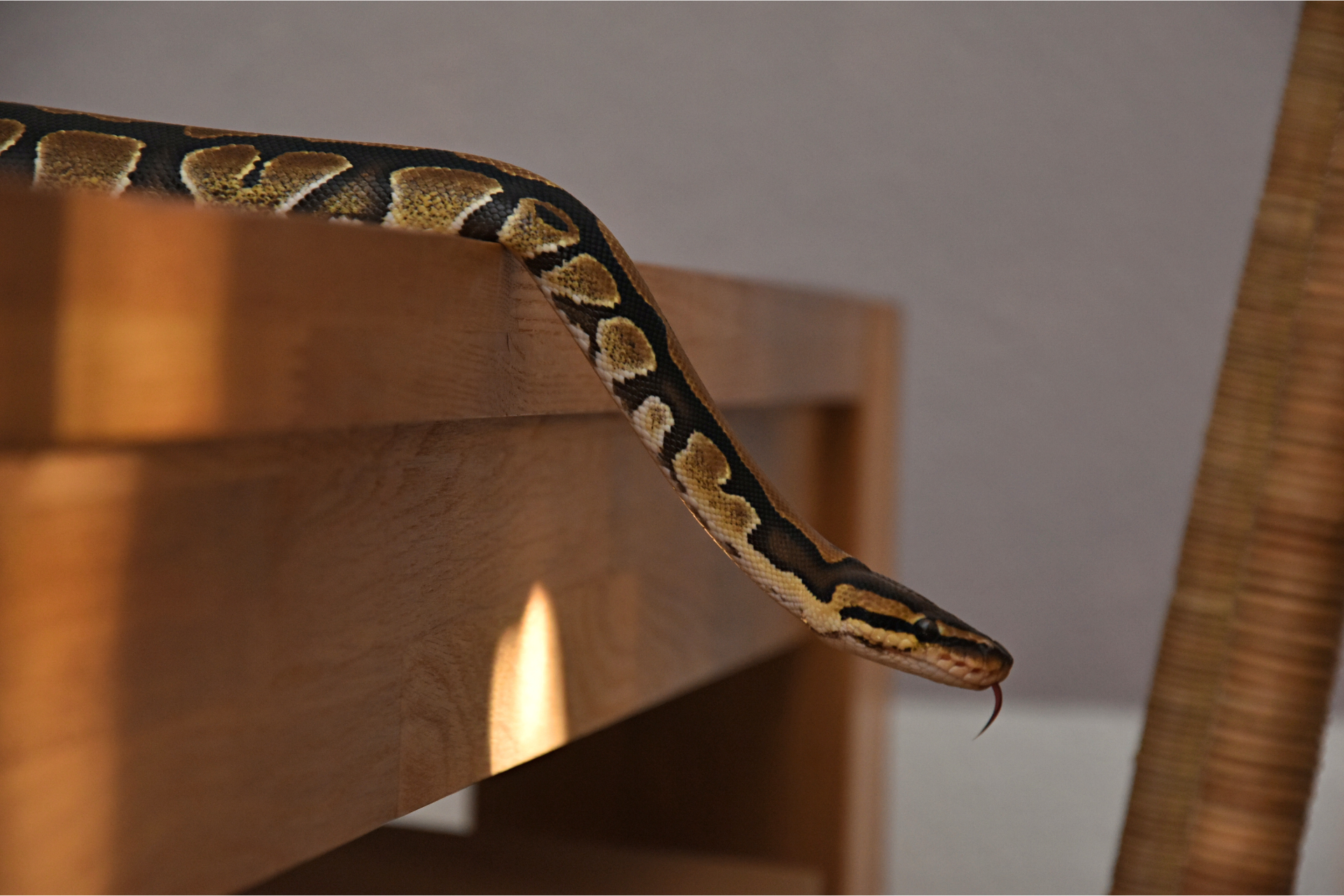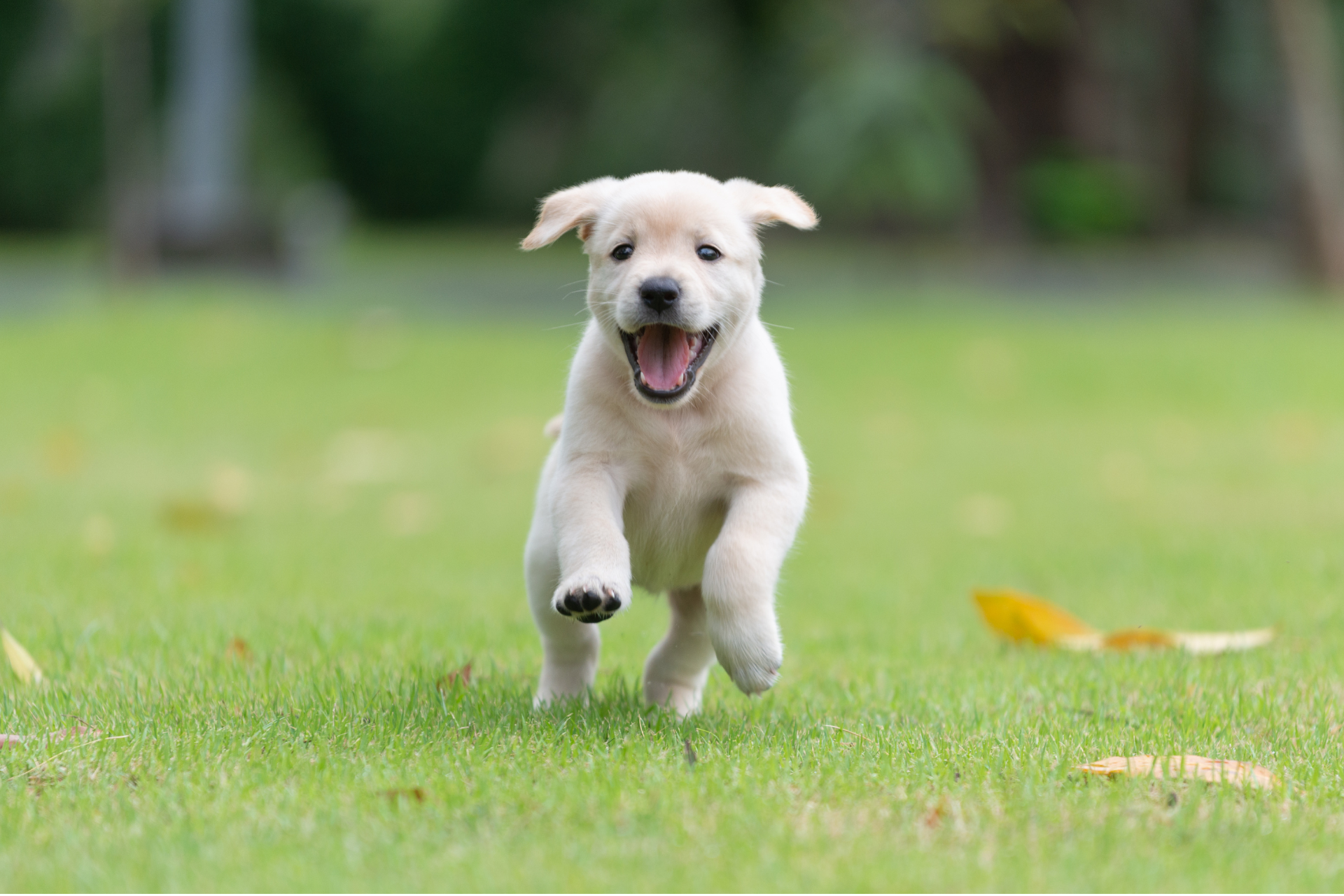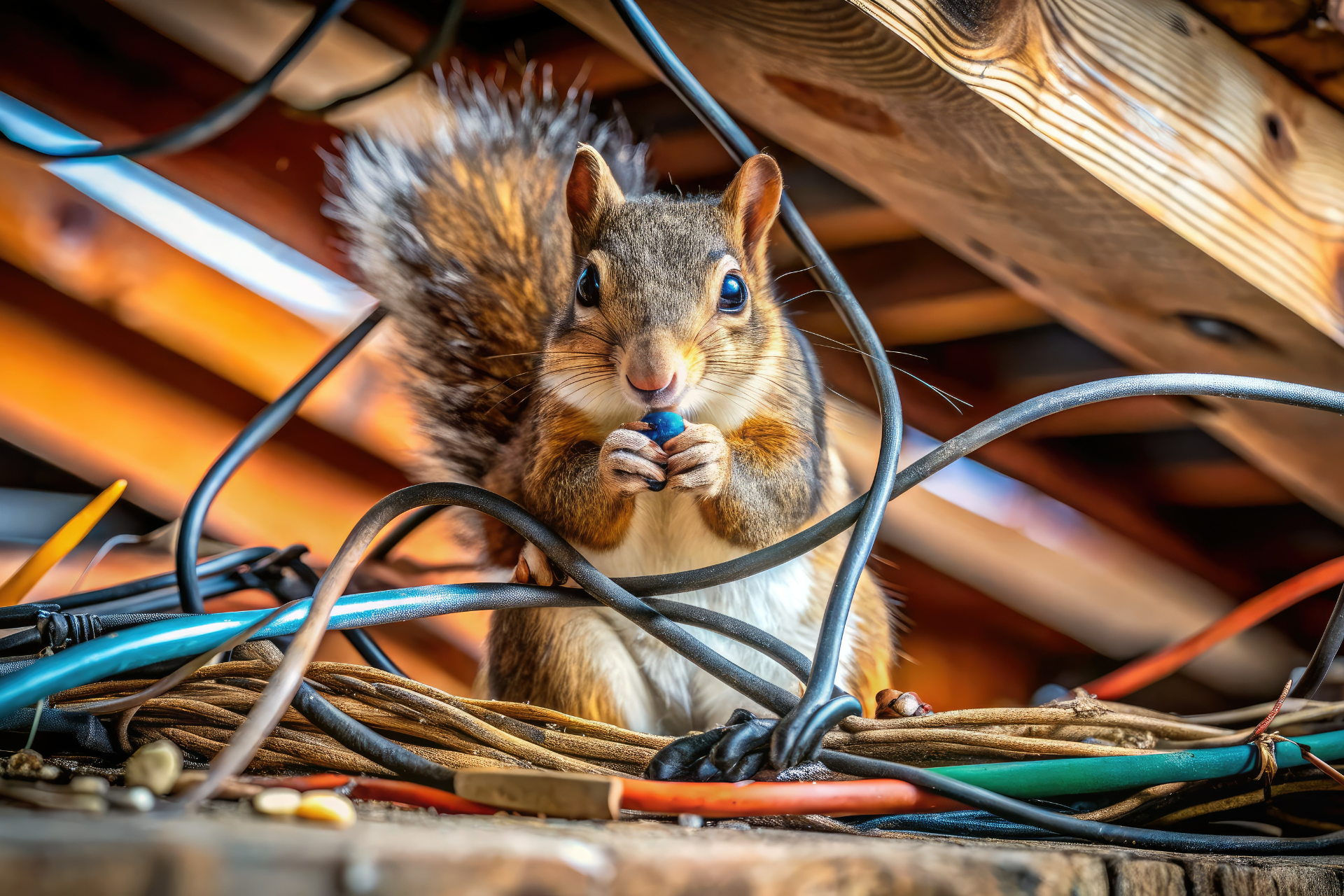Wildlife Infiltration Patterns In Urban Versus Rural Areas
How Location Affects The Type And Severity Of Intrustions
Urban spaces create unusual opportunities for certain creatures that adapt well to compact landscapes. These zones concentrate people, structures, and infrastructure in ways that shift how animals move, nest, and search for resources. Buildings often sit close together, leaving only narrow corridors between rooftops, vents, alleys, and landscaped patches. Creatures that handle confined territory tend to take advantage of these conditions with considerable determination. Smaller mammals such as raccoons and squirrels slip into attics or crawlspaces through gaps created during construction or weather changes. Pigeons and other birds find ledges and mechanical units appealing for roosting. Even insects and rodents establish footholds in utility chases and wall voids where warmth and moisture accumulate.
Urban construction regularly incorporates materials and layouts that generate pockets of shelter. A single misaligned vent cover or a loose piece of flashing provides a path for intrusion. Once inside, the environment can support sustained habitation, particularly when food is accessible from refuse containers, outdoor dining areas, or stored items within buildings. City regions also feature round-the-clock human activity, which means some species shift their patterns to forage during quieter periods. These behavior adjustments contribute to recurring encounters with homeowners and building managers.
Noise levels and lighting conditions influence infiltration patterns as well. Creatures sensitive to bright lights or continuous vibrations often position themselves in darker corners of parking garages, basements, and older structures. Those more tolerant of illumination perch near signage or HVAC platforms. Because urban landscapes change so quickly, wildlife groups adjust routes each season while seeking dependable shelter. These shifting routes often result in surprising entry points that property owners might not suspect until an issue becomes noticeable.
Habitat Preferences In Rural Settings
Rural regions offer broader space and more abundant natural features, which change how wildlife interacts with human structures. Fields, forests, and waterways dominate the surroundings, so animals have more room to move between feeding sites and nesting zones. Larger species such as deer, coyotes, and groundhogs frequent open areas while smaller mammals gravitate toward barns, sheds, or isolated homes. These structures provide warmth during harsh weather, while nearby vegetation supplies food and concealment.
Because rural properties often sit far apart, animals encounter fewer barriers to movement. This encourages roaming behavior that differs from the patterned routes seen in cities. Open fields create clear pathways for burrowing species that dig along fence lines or beneath foundations. Dense woods give climbing mammals elevated travel networks above ground level. Even birds adjust their flight corridors to follow hedgerows and tree lines. With so much natural cover, infiltration can begin with a small gap in an outbuilding or porch, and the intrusion may remain unnoticed until significant signs appear.
Agricultural activity also plays a major role in rural infiltration patterns. Stored feed, grain silos, livestock barns, and equipment sheds supply dependable food or shelter for wildlife. Rodents may gather beneath feed bins, while larger mammals look for haylofts or unused corners of machinery storage areas. The mix of human activity and open terrain encourages wildlife groups to test boundaries more frequently, particularly during seasonal transitions when natural food sources shift.
Influence Of Regional Climate And Seasonal Conditions
Regional climate heavily shapes the types of wildlife that attempt structural entry. Warmer territories often support species that thrive in humid environments, such as insects that slip into weather-worn openings or rodents that seek cooler interior zones when temperatures spike. Cooler regions invite animals searching for insulation from winter winds. Each location produces a different profile of species based on temperature swings, rainfall levels, and vegetation cycles.
Seasonal changes reinforce these differences. During colder months, many mammals gravitate toward enclosed areas that hold steady warmth. Birds may move closer to buildings where window seams or soffits create quiet recesses. When spring arrives, creatures expand breeding activity and explore new entry points as they establish nests. Rainy seasons push ground-dwelling species toward higher, drier structures. Drought conditions encourage animals to search for water sources near homes or commercial buildings.
These cycles influence infiltration timing, which varies starkly between urban and rural landscapes. In cities, seasonal shifts often coincide with construction updates or utility repairs that open temporary gaps. Rural zones experience broader weather impacts that alter the balance of natural food availability. Wherever these conditions take shape, wildlife groups respond by adjusting movement routes in search of shelter and nourishment.
Building Design, Zoning, And Structural Vulnerability
Architectural patterns strongly influence intrusion tendencies. In cities, older buildings might feature complex rooflines, outdated ventilation systems, or patched exterior surfaces that weaken as moisture or temperature changes occur. Modern buildings may appear tightly sealed, but still include utility conduits or decorative elements that leave narrow avenues for small creatures. High occupancy levels mean more foot traffic near entrances and dumpsters, which attracts opportunistic species and encourages repeat visits.
Rural construction often prioritizes function and durability. Barns, workshops, and equipment sheds rely on wide-span designs that sometimes create open joints where roof panels meet support beams. Homes placed on large lots might incorporate crawlspaces or raised porches with gaps beneath the structure. While these features suit the environment, they also offer entry points when wildlife groups search for shelter. Zoning regulations influence these spaces by dictating setbacks, building height, or agricultural land use, shaping where animals concentrate their activity.
Landscape design also contributes to structural vulnerability. In both regions, dense shrubs, stacked firewood, decorative water features, and untrimmed branches serve as stepping stones toward potential entry points. Urban plantings can give rodents narrow trails along retaining walls, while rural vegetation grants cover for burrowing species that approach foundations. Human activity interacts with these features in subtle ways, encouraging repeated visits when food or shade proves consistently available.
Wildlife interacts with urban and rural structures in distinctive ways influenced by species traits, environmental conditions, and the layout of each region. These patterns shift throughout the year as animals respond to temperature changes, resource availability, and the condition of nearby structures. Property owners often find that understanding these tendencies helps them recognize early indicators of infiltration and take steps to protect their buildings.
If you notice unusual sounds, sightings, or structural issues that suggest wildlife intrusion, it’s time to bring in professional help. Our team can evaluate the situation, identify the likely source, and provide expert support to help restore comfort within your property.
Contact Wildlife Resolutions today for assistance tailored to your region and building type.

